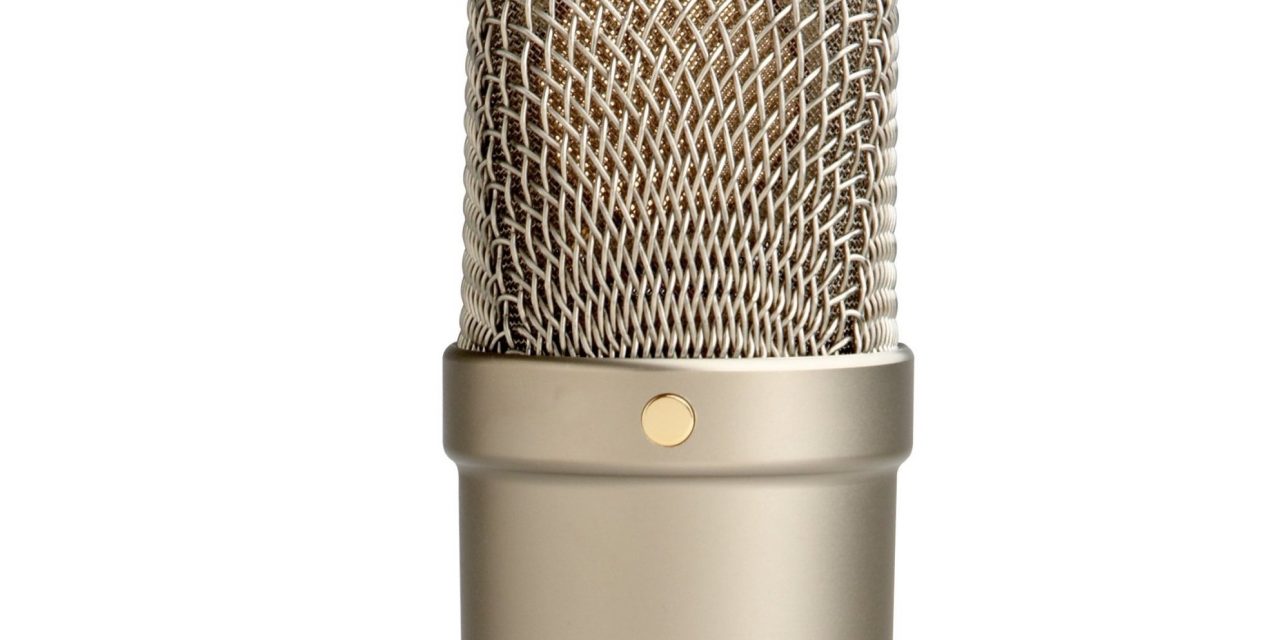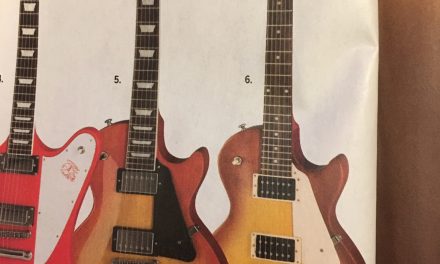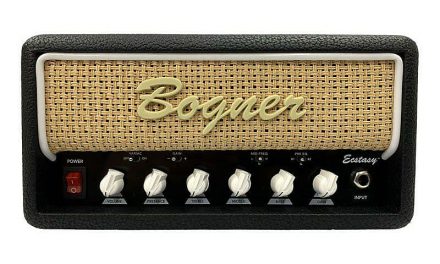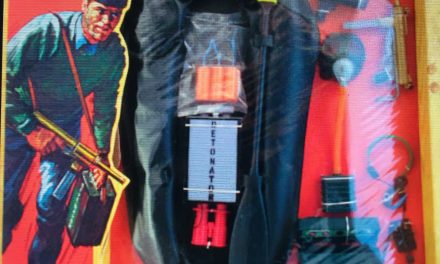I thought it might be helpful to those who are interested if I went through an overview of the steps to getting a song on iTunes, starting with the idea of the song. In the olden days of big record companies, some of this was outside of your control – you couldn’t make a single and get it published to the world without the record companies. Now you can, and they’re still bitter about it. But let’s continue…
- Coming up with the idea. One really common thing to do is record any lyric or melody ideas on your smart phone. For the iPhone, the easiest way to do that is Voice Memos. Apple came out with a version of this for musicians that’s supposed to be awesome but sucks. So I still use Voice Memos.
- Brainstorming. Without getting into songwriting too deeply, I find it helpful to write down in sentences everything I want a song to say. Sometimes this will be a short story. It’s good to over-capture, because it gives you more raw materials to work with.
- Rough Draft. I’ll use a website like rhymezone.com to help me write some rough lyrics. Sometimes I’ll come up with the chord progression and melody before I have lyrics. Everyone is different. The main point is to end up with something that sounds like a good song.
- Aged to Perfection. I usually let a song hang out for at least a week once I think it’s “done,” because after 5-7 days anything weird or stupid will start to annoy me. I’ll then come up with a finished version.
- Arrange the Song. This is where you (or someone else) writes the drum part, bass part, guitar/keyboard parts, etc on so on. The arrangement can make or break a song. Some people combine recording and arranging. This is called “writing in the studio.” In the old days, this cost thousands and thousands of dollars.
- Record the Tracks. At this point, a song is ready to be recorded. There are people who will record your music from $20 per hour on up to $2,000 per hour. But you can also set up your own home studio, capable of getting professional results, for about $2,000. If you already have a computer, knock $1,000 off of that. I’ll cover my home studio in a different post. Between 5 and 6, you can spend a fortune, or, if you have your own home studio, do it all for free.
- Mixing and Mastering. Again, pay someone a lot of money, or learn to do it all yourself. Which you can.
- Publishing. Now you can either shop your single to the remaining record labels, or you can just publish the thing yourself. No, really, you can. I use a company called CD Baby. For a small amount of money, you upload your tracks and artwork, and they’ll get your music onto Spotify, iTunes, and a ton of other places. I think you can do an entire album for around $59.
- Marketing and Advertising. At this point, you need to reach out to local and national press and let everyone know about your awesome new single. You can also put your message out on social media. There are ways to pay money to get your song played on some popular streaming playlists. How much or how little you do is up to you.
- Collect the Money. Now just sit back and wait for those massive royalty checks to come in. Or not. Hopefully you’re not doing this for the money. There won’t be much money.
As you can see, it is possible to do the entire process by yourself. Or you can pay someone to help you at any stage of the process. All you need is either time or money. Oh… and in order for anyone to actually care, you need musical talent.
But you have to understand – in the 70’s/80’s/90’s, you couldn’t do all of this yourself, even if you wanted to. The record companies were the gatekeepers. They can still have their role – when it comes to every step of the process, there are people out there who can do it better than you can. If you’ve never made a home recording, you’re a long way from being able to make something that sounds professional. Marketing and Advertising is also difficult. But ALL of the information to do every step of this process is available out there on the Internet.
You will see that some big name artists have dumped their record companies and they now do all 10 steps themselves. And hobbyists like me also do the 10 steps themselves. If you have either time or money, you can do these things. Or you can pay someone to do the stuff you don’t understand.
I hope you found this quickie game plan interesting. If you have any questions, email me at richard@budgetguitarist.com.





